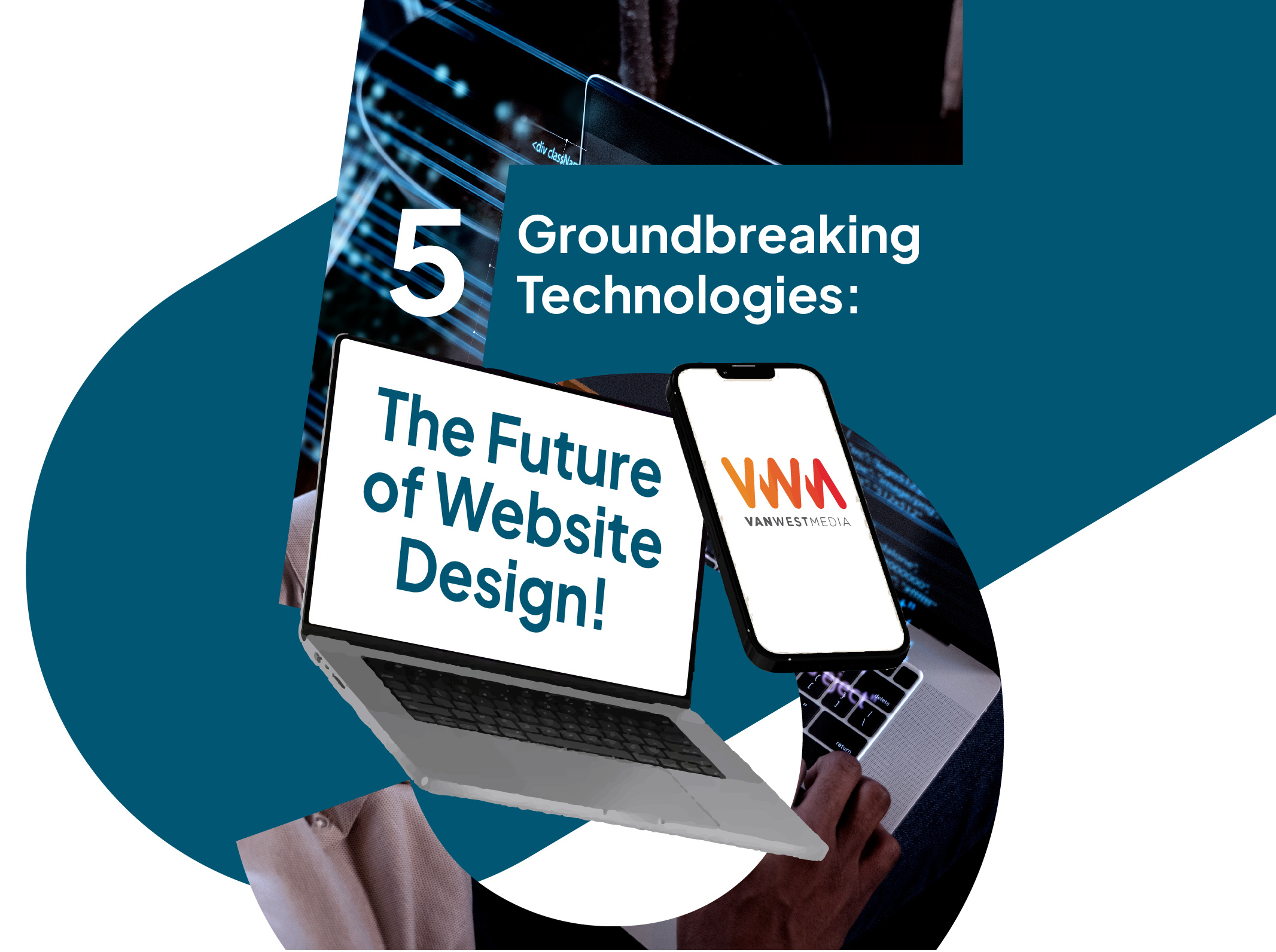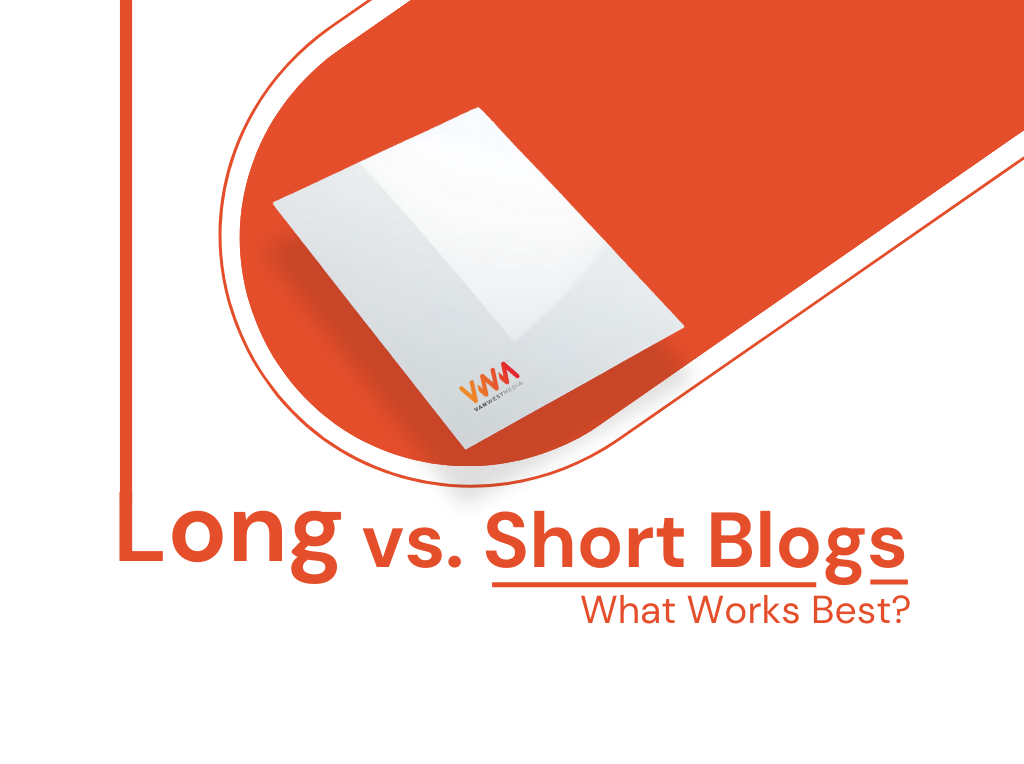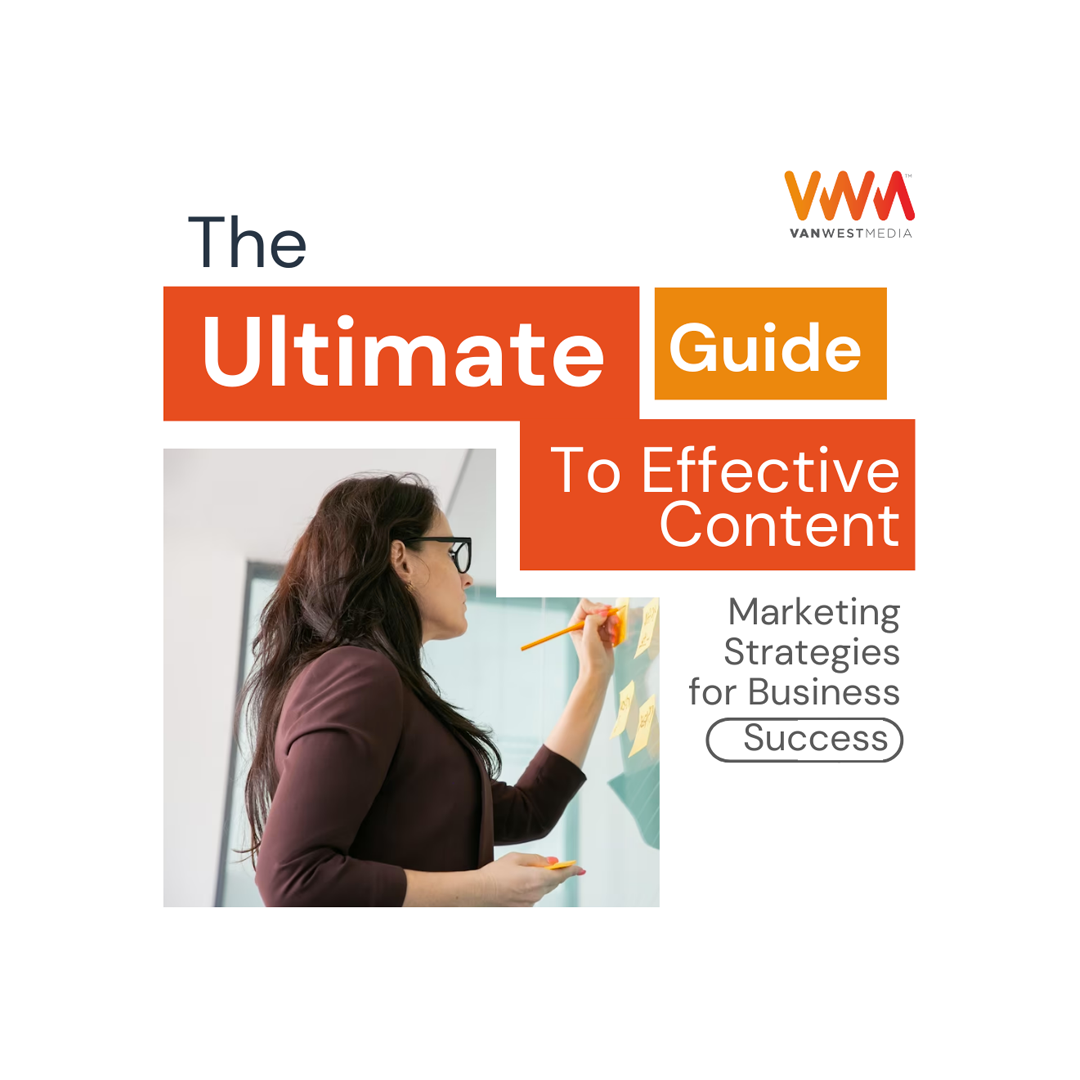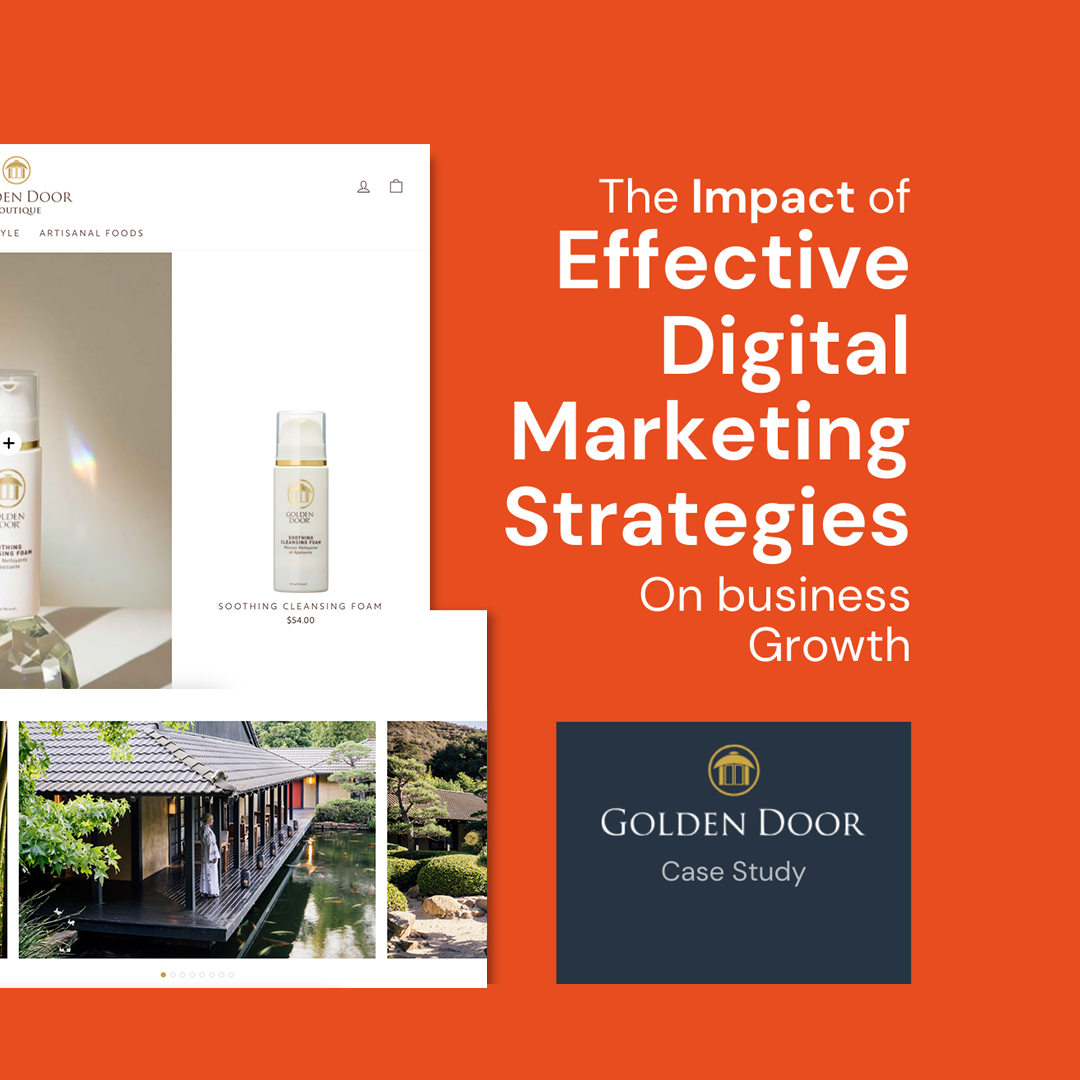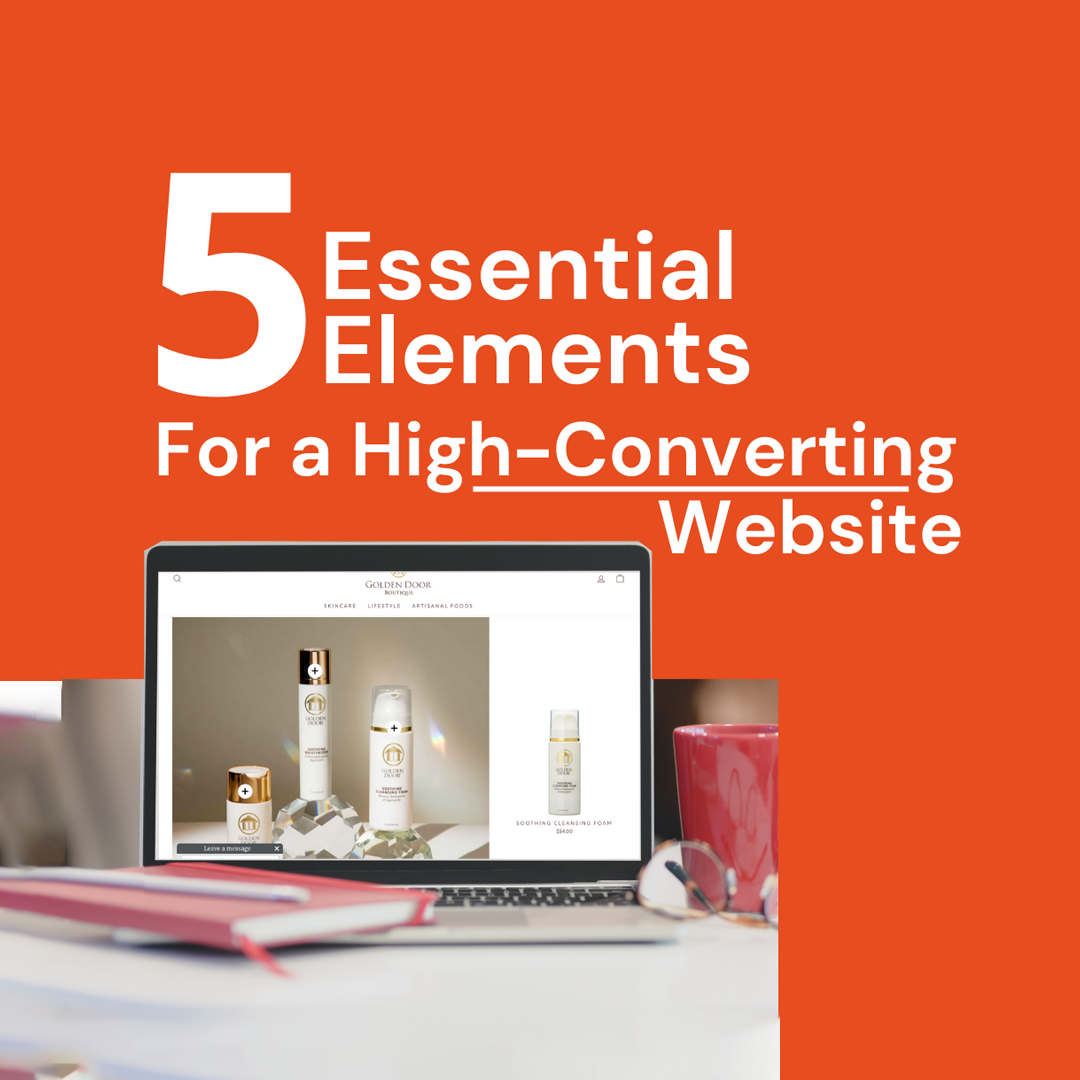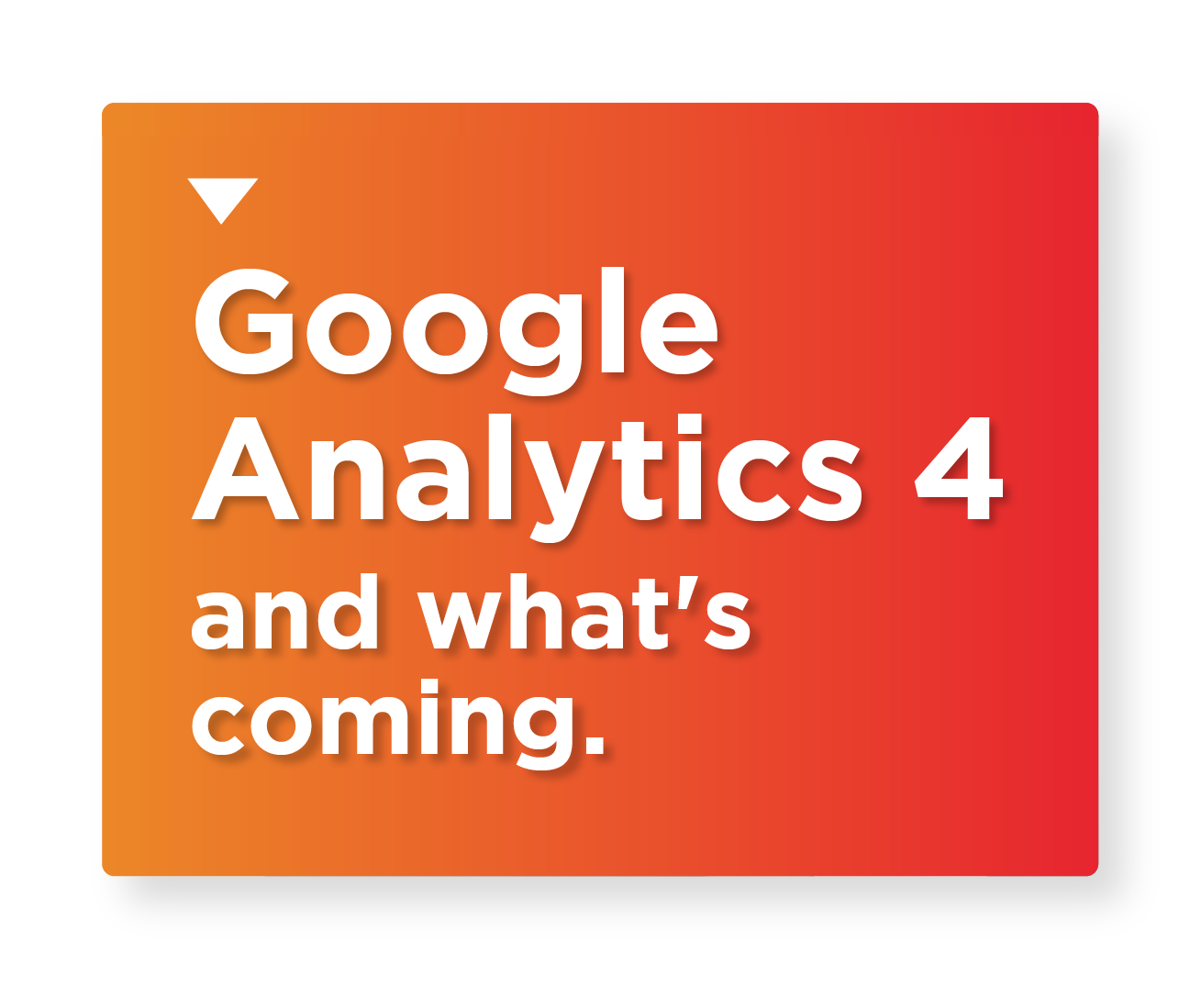Content is king. This is an adage you’ve likely encountered in the realm of digital marketing. It’s more than a cliché; it’s a fundamental truth. In today’s fast-paced, digitally driven world, content marketing is your ticket to success. It’s the means by which you engage your audience, build trust, and drive your business forward.
To navigate this ever-evolving landscape, we’ve assembled the ultimate guide to content marketing strategies. Whether you’re a seasoned pro or just starting, there’s something here for you.
1. Know Your Audience Like the Back of Your Hand
Your content won’t resonate if you don’t understand who you’re talking to. This goes beyond basic demographics. You should know their pain points, desires, and behaviors. Build buyer personas to guide your strategy. For example, if you’re selling fitness equipment, your audience might include fitness enthusiasts, busy parents looking to stay in shape, and seniors wanting to maintain their health. Tailor your content to address the specific needs of each group.
2. Start with a Solid Content Plan
Success in content marketing is often a matter of planning. Develop an editorial calendar. Decide what types of content you’ll create, when you’ll publish, and what goals you want to achieve. A solid plan is your roadmap to success. You can plan a series of blog posts about a topic related to your industry, with each post building upon the last. This creates anticipation and keeps your audience engaged.
3. Quality Over Quantity
It’s not about churning out content like a factory. It’s about creating content that matters. Invest in well-researched, high-quality pieces that provide real value. A single great article can outperform a dozen mediocre ones. Suppose you’re in the travel industry. Instead of publishing daily articles with shallow insights, create comprehensive destination guides with in-depth information, stunning visuals, and local tips.
4. SEO is Your Best Friend
Optimizing your content for search engines is crucial. Proper keyword research, on-page SEO, and an understanding of the latest search engine algorithms can propel your content to the top.
If you run an e-commerce store for organic skincare products, conduct keyword research to discover which terms potential customers use when searching for these products. Optimize your product descriptions and blog posts accordingly.
5. Engage, Don’t Just Publish
Your content should initiate conversations. Encourage comments, ask questions, and be responsive. Engaging content is often shared more and can go viral. For example, after posting a blog about the latest smartphone, ask your readers which feature they find most appealing and why. Respond to their comments, keeping the conversation going.
6. Diversify Your Content
Don’t stick to a single format. Mix things up with blog posts, videos, infographics, podcasts, and more. Different people prefer different mediums. Imagine you’re a culinary brand. Alongside your traditional recipes, consider creating short, engaging cooking videos for busy home cooks.
7. Tell a Story
Storytelling isn’t just for bedtime. We’re wired to respond to stories, so weave narratives into your content. This could be the story of your brand, your customers, or a fictional tale that illustrates your point. For example, if you’re a craft brewery, share the story of how your brewery was founded. Include anecdotes, struggles, and successes to humanize your brand.
8. Leverage User-Generated Content
Your audience is a goldmine of content ideas. Encourage user-generated content like reviews, testimonials, and social media shoutouts. It’s authentic and persuasive. For instance, if you’re a fashion brand, encourage customers to share photos on social media wearing your products. Feature these images on your website to showcase real people enjoying your clothing.
9. Measure and Adapt
Track your content’s performance using analytics. See what works and what doesn’t. Be ready to adapt your strategy based on data. In particular, if you’re running a blog, analyze which topics generate the most engagement and traffic. If posts about healthy eating outperform, consider creating more content around this theme.
10. Promote Your Content
Don’t expect people to magically find your content. Promote it via social media, email, and other channels. A great piece of content is wasted if no one sees it. Suppose you offer productivity tools. Share your latest blog post about time management on LinkedIn, where professionals actively seek such advice.
11. Be Consistent
Consistency builds trust. Whether it’s your publishing schedule or your brand voice, stay consistent. It helps create a reliable image in the eyes of your audience. Such as if your brand has a playful and humorous tone, ensure all content, from blog posts to social media updates, reflects this style. Consistency in tone builds a recognizable brand image.
12. Monitor Trends
The digital world evolves quickly. Stay updated on the latest trends, both in your industry and content marketing. Adapt to what’s new and relevant. for instance, If you operate a tech-related blog, stay up-to-date with emerging technologies like AI or blockchain. Write articles that explore how these trends affect your industry.
Content marketing isn’t just about creating content; it’s about creating value. Your content should inform, entertain, and inspire. It should meet your audience’s needs and help them solve problems. When you focus on these principles, content marketing becomes a formidable tool for achieving business success.


